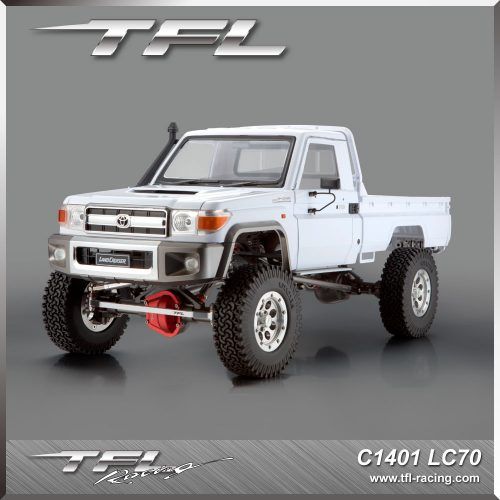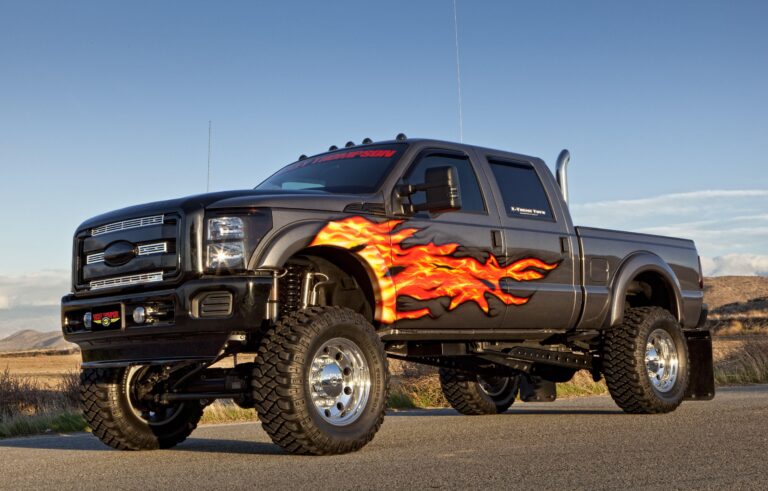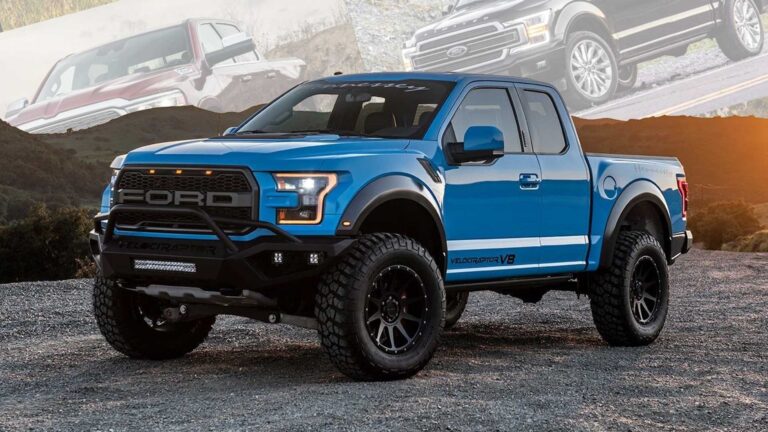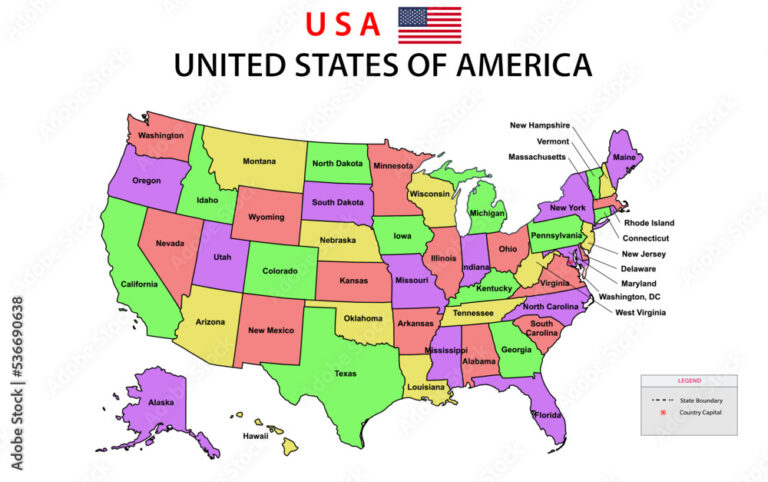What Trucks Will A Leer Topper Serial No Fit: A Comprehensive Guide to Compatibility
What Trucks Will A Leer Topper Serial No Fit: A Comprehensive Guide to Compatibility cars.truckstrend.com
The quest for the perfect truck topper often leads owners to explore the used market, where great deals on high-quality brands like Leer can be found. However, a common misconception arises when evaluating a used Leer topper: does its serial number tell you what trucks it will fit? The short answer is no, not directly. A Leer topper’s serial number is a unique identifier for that specific unit, much like a VIN on a car. While essential for warranty claims or product lookup, it doesn’t inherently encode the topper’s compatibility with various truck models.
The true determinants of Leer topper fitment lie in its model number, precise dimensions, and the specific characteristics of your truck’s bed. This comprehensive guide will demystify the process, helping you accurately determine which trucks a Leer topper (identified by its serial number) will fit, ensuring a secure, functional, and aesthetically pleasing match.
What Trucks Will A Leer Topper Serial No Fit: A Comprehensive Guide to Compatibility
Understanding the Leer Serial Number: What It Is (and Isn’t)
A Leer topper’s serial number is a unique alphanumeric code assigned during manufacturing. Its primary purpose is to identify that individual topper for tracking, warranty, and recall purposes. You’ll typically find this serial number on a sticker or plate located inside the topper, often near the rear door, on the front bulkhead, or within one of the side access panels.
What the Serial Number Doesn’t Tell You Directly:
- Universal Fitment: It doesn’t magically translate into a list of compatible trucks.
- Dimensions: While Leer’s internal systems link a serial number to its manufactured specifications, the number itself isn’t a direct dimension code.
- Price: A serial number identifies an existing topper; its value is determined by its condition, age, and market demand, not by the serial number itself.
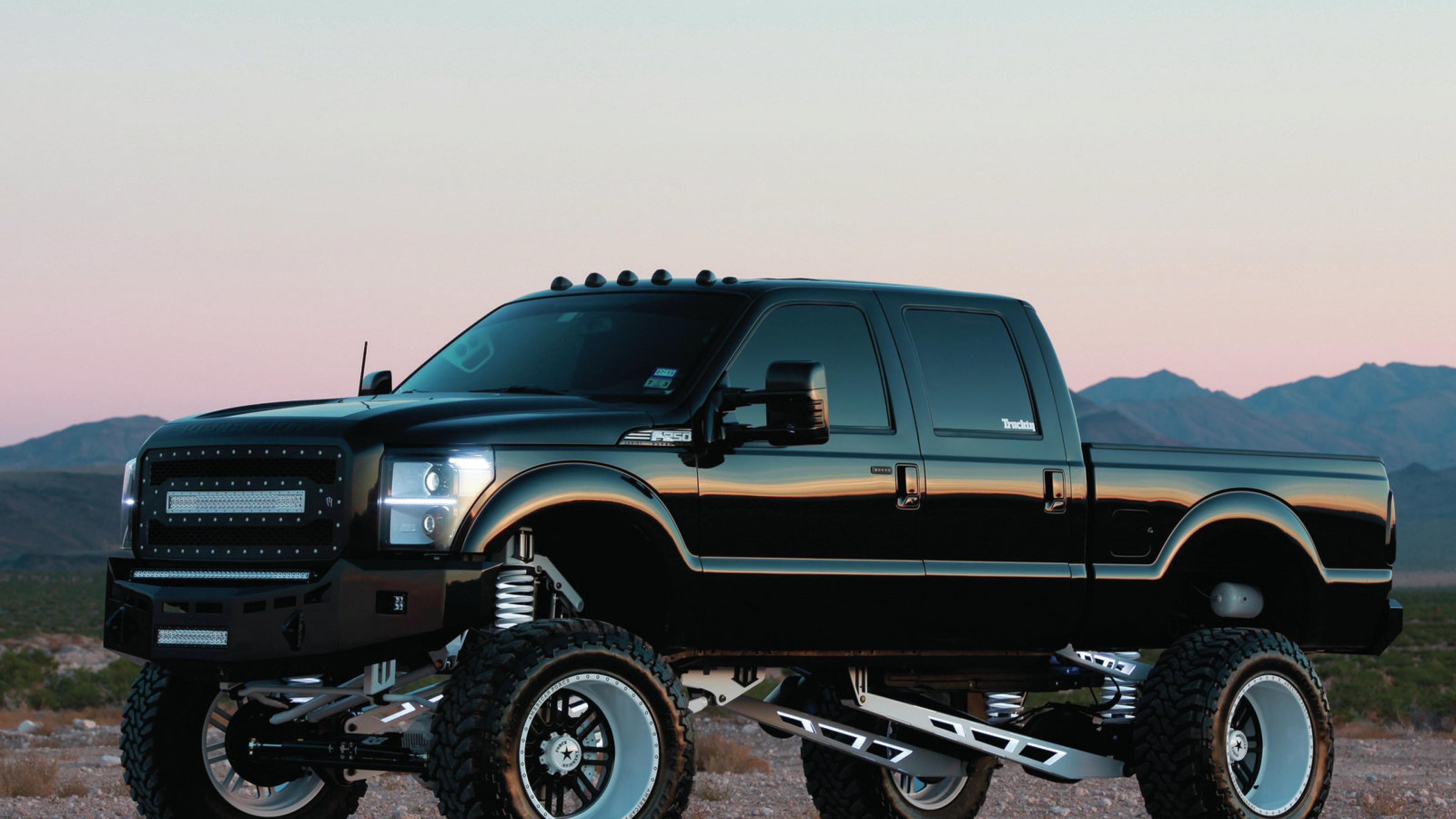
What the Tag Does Tell You (Crucially!):
Alongside the serial number, the information tag usually contains the model number (e.g., 100R, 100XR, 700, DCC). This model number is far more indicative of the topper’s general design, features, and often, the size category it belongs to (e.g., full-size short bed, mid-size long bed). Some tags may also include a specific truck code or dimensions.
The True Determinants of Leer Topper Fitment
To accurately determine if a Leer topper will fit your truck, you need to focus on three key areas: the topper’s physical attributes, your truck’s bed specifications, and Leer’s product information.
1. Topper Dimensions and Design
The physical measurements and design features of the Leer topper are paramount.
- Length: This is the most critical measurement, determining if the topper will sit flush with the front and rear of your truck bed rails. Measure the outside length of the topper’s base where it would sit on the bed rails.
- Width: The topper’s width must match the width of your truck bed rails. Measure the outside width of the topper’s base.
- Height: While less critical for basic fitment, the topper’s height can affect aesthetics, clearance (e.g., in garages), and cargo capacity.
- Bed Rail Design: Examine the topper’s underside where it meets the truck rails. Is it designed for flat rails, or does it have cutouts or specific contours to accommodate integrated bed rail caps, utility track systems (like Toyota’s Deck Rail System), or other unique bed features (like RamBox)?
- Tailgate Compatibility: Some toppers are designed for specific tailgate styles (e.g., standard, multi-function tailgates).
2. Truck Bed Specifications
Your truck’s bed is not a universal entity. Even within the same make and model, significant variations exist.
- Make, Model, and Year: These are fundamental. A topper designed for a Ford F-150 will almost certainly not fit a Toyota Tacoma.
- Bed Length: This is critically important. Trucks come in various bed lengths (e.g., 5.5 ft / short bed, 6.5 ft / standard bed, 8 ft / long bed). A topper for a 6.5 ft bed will be too long for a 5.5 ft bed and too short for an 8 ft bed.
- Bed Rail Design: As mentioned above, features like factory-installed bed rail caps, plastic top caps, or integrated utility track systems (e.g., Toyota Tundra/Tacoma’s Deck Rail System, Nissan Titan’s Utili-track, RamBox) can alter the effective dimensions or require specific topper designs.
- Tailgate Design: Newer trucks with multi-function tailgates (e.g., GMC MultiPro, Ram Multi-function) might require specific topper rear door designs for proper clearance and sealing.
3. Leer Product Information
This is where the serial number can indirectly help.
- Model Number Cross-Reference: Once you have the model number from the topper’s tag, you can often cross-reference it on Leer’s official website or with a Leer dealer. Leer’s product pages and fitment guides will specify which trucks a particular model (e.g., Leer 100XR) is designed for, usually broken down by make, model, year, and bed length.
- Dealer Assistance: A local authorized Leer dealer is an invaluable resource. Provide them with the topper’s serial number and model number, and they can often look up the original truck it was manufactured for, or at least provide detailed dimensions and compatibility notes.
Step-by-Step Guide: Determining Fitment for Your Leer Topper
Follow these steps to maximize your chances of a perfect fit:
Step 1: Locate and Document the Topper Information Tag.
- Find the sticker or plate inside the Leer topper.
- Carefully record the Serial Number and, most importantly, the Model Number (e.g., 100R, 100XR, 700). Take a clear photo of the tag.
Step 2: Precisely Measure Your Leer Topper.
- Length: Measure the outside length of the topper’s base from front to back, where it sits on the truck rails. Use a steel tape measure for accuracy.
- Width: Measure the outside width of the topper’s base from side to side.
- Height: Measure from the bottom of the topper’s base to its highest point.
- Underside Features: Note any specific cutouts, moldings, or rail designs on the underside of the topper that would interact with your truck’s bed rails.
Step 3: Identify Your Truck’s Specifics.
- Full Details: Know your truck’s exact Make, Model, and Year (e.g., 2018 Ford F-150).
- Bed Length: Measure your truck bed’s inside length along the top rail, from the bulkhead to the inside edge of the tailgate (when closed). Common lengths are 5.5 ft, 6.5 ft, 8 ft. Be precise! A 0.5-inch difference can matter.
- Bed Rail Design: Note if your truck has factory plastic rail caps, a utility track system (e.g., Toyota’s Deck Rail System), or a RamBox. These features impact how a topper seats.
- Tailgate Type: Standard or multi-function?
Step 4: Consult Leer Resources (or a Dealer).
- Leer Website: Navigate to the "Products" or "Fitment Guide" sections. Try searching for the topper’s model number.
- Authorized Leer Dealer: This is often the best route. Call or visit a local Leer dealer with your topper’s model and serial number, and your truck’s full details. They have access to Leer’s comprehensive fitment database.
Step 5: Compare and Confirm.
- Match the topper’s measured length and width against your truck bed’s dimensions.
- Ensure any specific bed rail features on your truck are compatible with the topper’s design.
- Confirm the topper’s model number is listed as compatible with your truck’s make, model, year, and bed length.
- If buying used, ask the seller what truck the topper originally came off of. This is a strong indicator of compatibility.
Important Considerations and Potential Challenges
- Minor Discrepancies: A slight mismatch (e.g., 1/4 inch) might be manageable with shims or extra sealing, but major differences will lead to poor fit, leaks, and potential damage.
- Aftermarket Bed Liners/Caps: Drop-in bed liners or aftermarket rail caps can slightly alter bed dimensions. Always measure your bed with any liners or caps installed.
- Warping/Damage: Older or damaged toppers can warp, making a perfect fit impossible even if the original dimensions were correct.
- Aesthetics vs. Functionality: A topper might "fit" but look off-center, too high, or not align perfectly with the cab.
- Security and Sealing: A poor fit compromises the topper’s ability to keep out weather and secure your cargo.
- DIY vs. Professional Installation: While you can install a topper yourself, professional installation ensures proper sealing, clamping, and wiring, especially for toppers with interior lights or locks.
Tips for Buying/Selling Used Leer Toppers
- For Buyers:
- Always Verify: Never assume a topper will fit based solely on a general description.
- Get Information: Request clear photos of the topper’s information tag (serial and model number).
- Ask for Measurements: Have the seller provide precise external base measurements (length and width).
- Know the Original Truck: Ask what specific truck (make, model, year, bed length) the topper came off of. This is the strongest indicator of compatibility.
- Inspect in Person: Check for cracks, delamination, warped frames, and operational issues with windows and locks.
- For Sellers:
- Be Transparent: Provide all information from the topper’s tag.
- Provide Measurements: Measure the topper accurately and include these in your listing.
- State Original Fitment: Clearly state the exact truck (make, model, year, bed length) the topper was removed from.
- Take Good Photos: Show the topper from multiple angles, inside and out, and include a photo of the information tag.
Price Table: Understanding Leer Topper Costs (New Toppers)
It’s crucial to understand that a serial number identifies a specific existing topper, and its "price" is its market value as a used item. The table below illustrates the typical price ranges for new Leer toppers, which are useful for comparison and understanding the value proposition of a used topper. These prices do not reflect the value of a specific used topper identified by a serial number.
| Leer Topper Series | Key Features (Examples) | Typical Price Range (New, Uninstalled)* |
|---|---|---|
| Leer 100R | Entry-level fiberglass, side windows, rear door, often budget-friendly. | $1,500 – $2,500 |
| Leer 100XR | Mid-range fiberglass, frameless rear door, sliding side windows, interior headliner option. | $2,000 – $3,000 |
| Leer 100XQ | Premium fiberglass, SUV-style frameless windows, carpeted interior headliner, LED lighting, sleek design. | $2,500 – $4,000 |
| Leer 700 Series | Ultra-premium, low-profile design, flush-mounted windows, highest quality interior finishes. | $3,000 – $5,000+ |
| Leer DCC Series | Commercial aluminum, heavy-duty, ideal for work trucks, highly customizable with toolboxes, ladder racks. | $2,000 – $4,500+ |
| Optional Add-ons | Roof racks, interior lighting, pet screens, remote lock, carpet headliner, custom paint match, power locks. | $100 – $1,000+ (per item/feature) |
| Professional Installation | Ensures proper fit, sealing, and wiring. | $150 – $300 |
| Note: Prices are estimates and vary greatly based on specific truck model, chosen features, dealer location, and market conditions. They do not reflect the value of a specific used topper identified by a serial number, which would typically be significantly less than new. |
Frequently Asked Questions (FAQ)
Q: Can a Leer topper for a Ford F-150 fit a Ram 1500?
A: Almost certainly not. Truck beds vary significantly in length, width, and bed rail design between manufacturers and even models within the same manufacturer. A topper is custom-fitted to a specific truck bed.
Q: Where can I find the serial number on my Leer topper?
A: It’s typically on a sticker or plate located inside the topper, often near the rear door, on the front bulkhead (cab-side), or inside one of the side access panels.
Q: My topper’s information tag is missing or unreadable. What do I do?
A: Without the model number, you’ll rely solely on precise measurements. Measure the topper’s base length and width meticulously. Then, compare these dimensions to online resources for various truck bed sizes or consult a Leer dealer with your measurements and photos of the topper. They might be able to identify it by its design.
Q: Can I modify a Leer topper to fit a different truck if it’s slightly off?
A: Minor discrepancies (e.g., 1/4 inch) might be managed with weather stripping or shims. However, significant modifications are generally not recommended. Cutting or altering the fiberglass or aluminum frame can compromise the topper’s structural integrity, weather sealing, and aesthetic appeal. It’s usually more cost-effective and safer to find a topper designed for your specific truck.
Q: Do Leer toppers come with a warranty?
A: New Leer toppers typically come with a limited lifetime warranty on the fiberglass or aluminum structure and varying warranties on components like paint, windows, and hardware. Used toppers generally do not carry a transferable warranty unless explicitly stated by the seller and confirmed by Leer.
Concluding Summary
While a Leer topper’s serial number is a vital identifier for manufacturing and warranty purposes, it doesn’t directly tell you what trucks it will fit. The key to successful compatibility lies in understanding the topper’s model number and, more importantly, its precise dimensions (length and width), and matching these against the exact make, model, year, and bed length of your truck. Always measure meticulously, consult Leer’s resources or an authorized dealer, and prioritize a proper fit for optimal functionality, security, and aesthetics. Thorough research and careful measurement will save you time, money, and frustration in your quest for the perfect truck topper.
